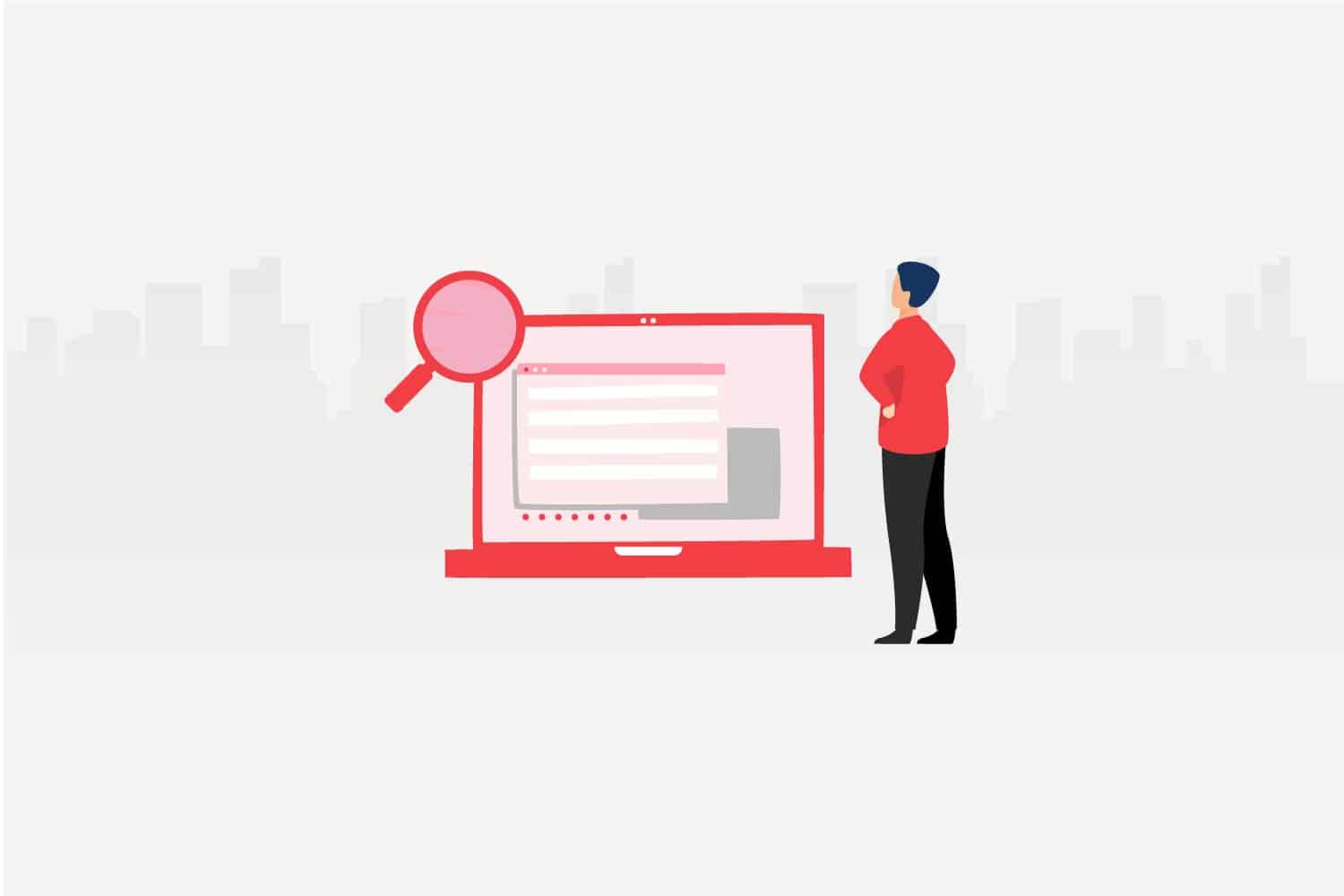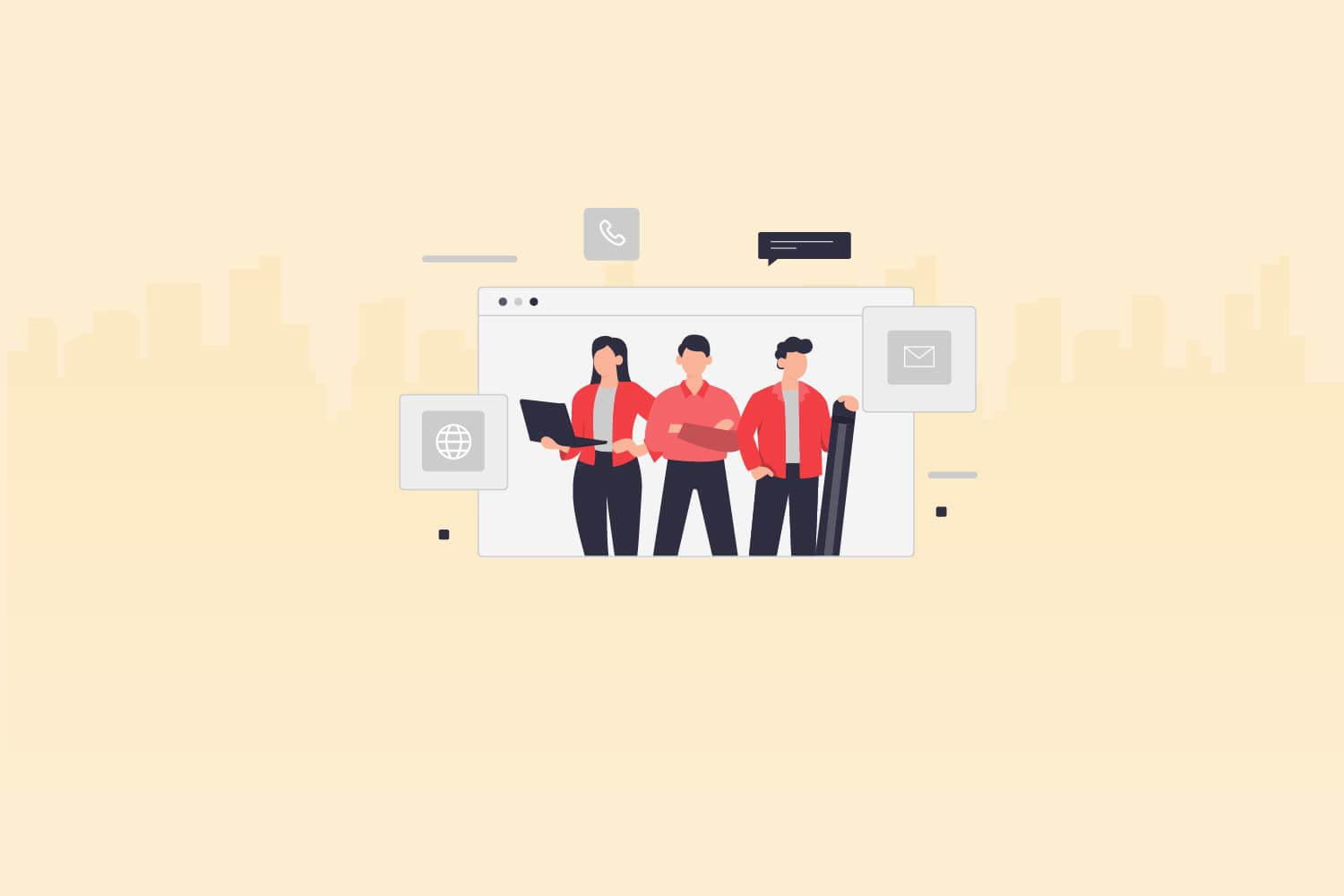$ 17,000 to $ 240,000! According to Business News Daily, that’s the average cost range a bad hire might cost your company. We are talking about THAT ONE bad hire who slipped through a heavily scrutinized background verification, referral checks and interviews to wreak absolute havoc in your company. That one horror story you cannot shake off.
Yes, hiring the right candidate the very first time is essential. But is there a way to ensure you hire the best and avoid the cost of bad hires? Yes, there is. Enter Structured Job Interview. Google uses structured interviewing to hire the best talent. “Clear rubrics for all folks being considered for that role, so that everyone is evaluated from the same perspective, allowing their distinctiveness to emerge.” reads Google’s ‘How We Hire’ page. But how do you go about it?
In this blog post, we’ll walk you through everything and help you automate the laborious processes from ‘Apply’ to ‘Hire’ with a unique AI-powered tool. In short, how to conduct a structured job interview.
Let’s get started.
What is a structured interview, and what are its benefits?
A structured job interview is a quantitative interview process in which the candidates are asked the same set of pre-prepared questions in the same order and evaluated using a standardized scoring system. For instance, if you are hiring for a Digital Marketer role, you could test their Omnichannel marketing, FB advertising, SEO copywriting and other soft skills.
A structured interview is consistent, accurate, highly reliable, and eliminates hiring biases. Since all the candidates are presented with the same interview experience to showcase their skills, it becomes easy for you to compare, score and grade performances. Yes, a structured interview is time-consuming. But it can reduce the risk of a bad hire, which according to a recent statistic, 76% of senior managers have admitted to having made.
Are there other forms of interviews too?
Yes, there’s semi-structured interview and there’s unstructured interview. You probably are more familiar with these 2 forms than structured ones. In a semi-structured interview, you have a list of interview questions from which you pick & choose a few and top them up with a couple of unplanned ones.
On the other hand, an unstructured interview is spontaneous and free-flowing. You ask questions depending on the candidate’s resume or start with the typical “Tell me about yourself” or “How did you hear about the opening” and take it from there.
Either way, with each candidate posed with different questions, it becomes difficult for you to assess them on fair grounds. They also lack reliability, produce a huge amount of useless information, and may lead to unconscious bias. That’s when a structured interview comes into the picture.
Why should you use Testlify to pre-screen and assess your candidates before you call them for a structured interview?
“Time spent on hiring is time well spent.” – Robert Half.
Considering the amount of time and effort every company invests in the hiring process, Testlify offers the perfect solution to free up your precious time. But how? Once you have screened through the resumes and cover letters of applicants, Testlify helps you assess the candidates for their role-specific skills, abilities and personalities. You can browse through the diverse test library that covers tests ranging from programming languages, software engineering frameworks and databases to cognitive ability, situational judgement and language proficiency. Our test library has it all.
Since all tests are adaptive and take less than 30 minutes to complete, you get 2 to 3 times better responses than typical assessments. It makes over 80% of applicants finish the test.
Once done, Testlify compares & assesses their answers and provides an accurate performance report. It saves your money, time, and effort, and you from bad hires.
Psst, Integrate your ATS with Testlify to make the process even faster. Check out if your ATS is on the list of 1000+ platforms Testlify supports.
Once you are done weeding out applicants, it’s time for you to call them for a face-to-face. But before that, let’s have a precise look at the structured job interview guide for HR.
Prerequisites for conducting a structured interview – defining requirements and key competencies
Review the job description you have posted online to have a clear understanding of what you are looking for in an ideal candidate. What job-related skills should they possess? What will be their core tasks and duties?
Once you note down the critical skills and qualities, divide them into soft and hard skills, and proceed with the next step.
What type of questions can you ask in a structured interview?
To curate role-specific or behavioral questions, do turn to an expert. As for the number of questions, there’s no predefined range. You can ask as much, depending on the number of shortlists and the amount of time you have. However, 2 to 3 questions per core attribute would be the best bet.
According to Indeed, companies usually shortlist 10 to 20 candidates for face-to-face interviews. The lesser the people, the more time you can invest in interviewing and getting to know them.
Here are some questions divided by category
- Behavioral questions
Behavioral questions test your candidates based on their previous work experience and how they acted in a particular situation. The answers will provide you with great insights into their character traits and abilities and foresee how they might behave in similar situations in future.
Here are a few popular examples,
- Have you ever worked with someone whose personality trait was different from yours? If yes, how did you make it work and accomplish the goal?
- Give us an example of a time you had to think outside the box to get a job done.
- Can you work effectively under high pressure? Give us an example.
- How do you prioritize tasks when everything is #1?
2. Situational questions
Situational questions test how well a candidate can handle possible hypothetical scenarios. They help you assess how a person can leverage their professional experience to overcome challenges and achieve business goals. With every question carrying a surprise factor, look for how innovative, contextual and efficient their answers are. Ask them,
- If I tell you, “You are a sloppy worker”, how would you react?
- How would you extract information from a coworker (who always responds slowly) to complete a task on time?
- You are dissatisfied with a particular process in your job and want to improve it. How will you address this with your manager?
Though situational and behavioral questions dip deeper and analyze how candidates think, act and process challenges on a personal level, there’s more than one way to skin a cat. That’s why you combine them with competency-based interview questions for the best outcome.
3. Job-specific questions
Prepare a list of questions to test participants on their core skills, competencies and technical knowledge. This way, you find out if they have what it takes to become a top performer in your organization. You can even insert a brain teaser in the middle to gauge their critical thinking.
Here’s Elon Musk’s favorite:
“You’re standing on the surface of the earth. You walk one mile south, one mile west, and one mile north. You end up exactly where you started. Where are you?”
Here’s an odd-ball question from Google, “How many people are using Facebook in San Francisco at 2:30 pm on a Friday?“
Or a tricky maths question like, “A hammer and a nail cost $1.10, and the hammer costs one dollar more than the nail. How much does the nail cost?”. Jeff Zwelling, CEO and co-founder of Convertro loves throwing such questions during job interviews.
Tip – Leverage the STAR method of interviewing (Situation, Task, Action and Results) to gain insights into their role-specific capabilities.
Prepare a standardized rating scale
This is an equally important step as it helps you compare candidates fairly against a range of acceptable answers. Though you can create your own rating system, a five-point scale is commonly used in the U.S. Office of Personnel Management (OPM).
Here’s what each rating reflects on candidates’ job preparedness.
1- Negligible or no experience, requires extensive guidance
2- Limited related experience
3- Standard experience with a basic understanding of concepts
4- Advanced level with a broad understanding
5- Expert level with extensive and exceptional expertise, overall a keeper
Pro-tip: Turn to an SME to ensure the reliability and effectiveness of your rating scale and interview questions.
Conduct the structured job interview and evaluate candidates’ answers
If your hiring team is used to conducting interviews in an unstructured way from time immemorial, they might find structured interviews challenging. In such cases, basic training coupled with a step-by-step guide can help them understand the process and conduct the interview seamlessly.
If you’re planning a panel interview, ensure the interviewers agree upon the order of questions and response evaluation process. It not only reduces bias but also prevents discrepancies.
Here’s how you can conduct a structured interview
- Receive your candidates with a warm smile and walk them through the structured interview process.
- Ask them to introduce themselves, discover their interest in the position and start with your list of standardized questions. Ask them all the same questions in the same order and give them all the same amount of time to answer. Listen to them actively.
- Note down their answers, detailed or concise, whichever works best. Resist your temptation to score them straight away.
- Once done, ask them if they have any questions and inform them of your average response time.
Once you’re finished, compare all answers and rate them individually to discover the cream of the crop. Employ other methods, ask for samples, give them a test exercise, call them for a second round of informal, open-ended interview and get a better sense of their personality. This way, you can come up with a fair, one-of-a-kind hiring process for the optimal hire.
If your organization is used to conducting unstructured interviews, then transitioning to structured ones can feel like a big risky step. In such cases, you can leverage feedback surveys to ask your interviewees how fair and positive they felt to gauge their sentiment. Also, asking them for suggestions to improve upon can turn fruitful.
Limitations of structured interviews
Though the benefits of structured interviews outweigh their limitations, there are a couple of noteworthy drawbacks. Since this interview follows a rigid tailored process, it lacks spontaneity, making the atmosphere strict, cold and unfriendly. Such an environment makes candidates feel uncomfortable and not give their best.
Repeating the same questions might make the interviewer lose interest midway or appear bored. In the long run, it may lead interviewees to figure out the questions and come well-prepared to crack the interview.
As for the scoring, conflicting opinions among panel members or inconsistent rating models can let valuable candidates slip through.
Final thoughts
A structured job interview is fair, has increased validity and complies with legal regulations. When you combine it with an AI-powered assessment platform such as Testlify, you can improve your hiring process, reduce hiring time by 82% and eliminate unconscious bias.
See how easy and quick it is to identify the best talent. Check out our website now and sign up for free.








